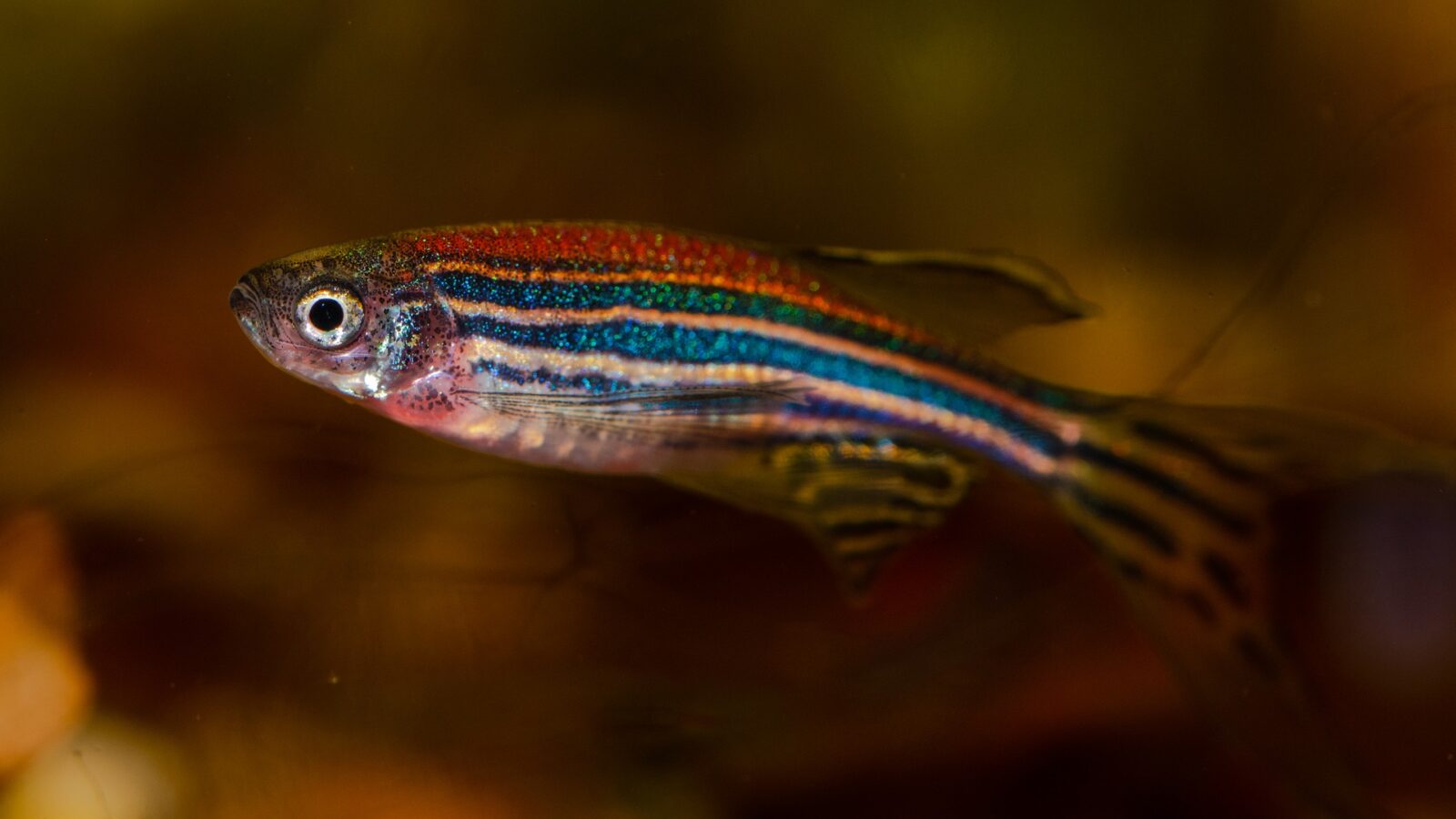Jun.-Prof. Dr. rer. nat. Franziska Knopf, TUD, Center for Regenerative Therapies Dresden; Prof. Dr. Jeremy Green, King’s, Center for Cranofacial and Regenerative Biology and Green Lab
The zebrafish has been widely studied regarding its regeneration because it restores organs that poorly regenerate in mammals. Among the tissues and organs that are studied are the spinal cord, retina, heart, kidney, and caudal fin. Fins, which contain bone, are replaced within a short time via a process called epimorphic regeneration. Restoration of tissue function requires appropriate growth and patterning processes.
While previous studies have underlined the importance of individual signaling pathways, a more comprehensive approach is used to visualize the impact of downstream transcription factor networks as executive players of regeneration. To do so, the transCampus seed funding serves as the basis for research to determine the localization of transcription factors in the tissue and to analyze existing gene expression data.
Mathematical models on the impact of these networks on tissue boundary formation in the regenerate are discussed with Prof. Jeremy Green, who is an expert in modeling patterning processes in the mammalian craniofacial skeleton. The preliminary data will then be used to draft a research grant proposal, which paves the way for investigation of key interactions within a rapidly regenerating vertebrate appendage.


